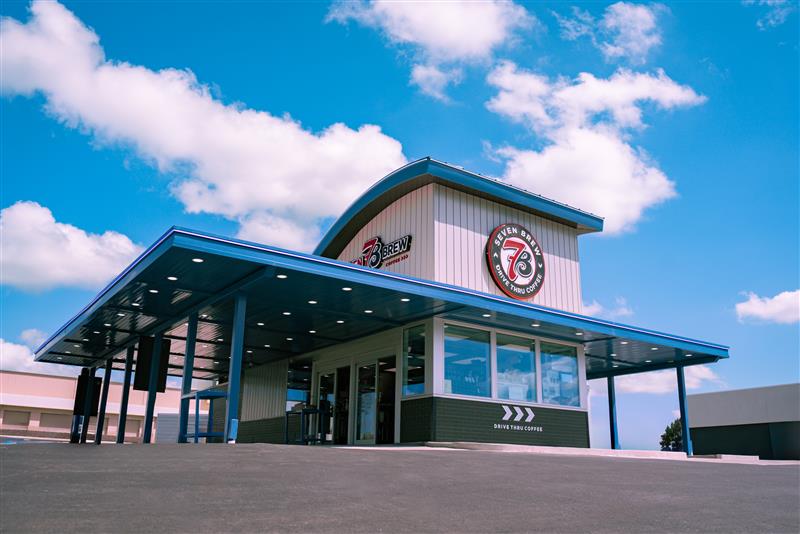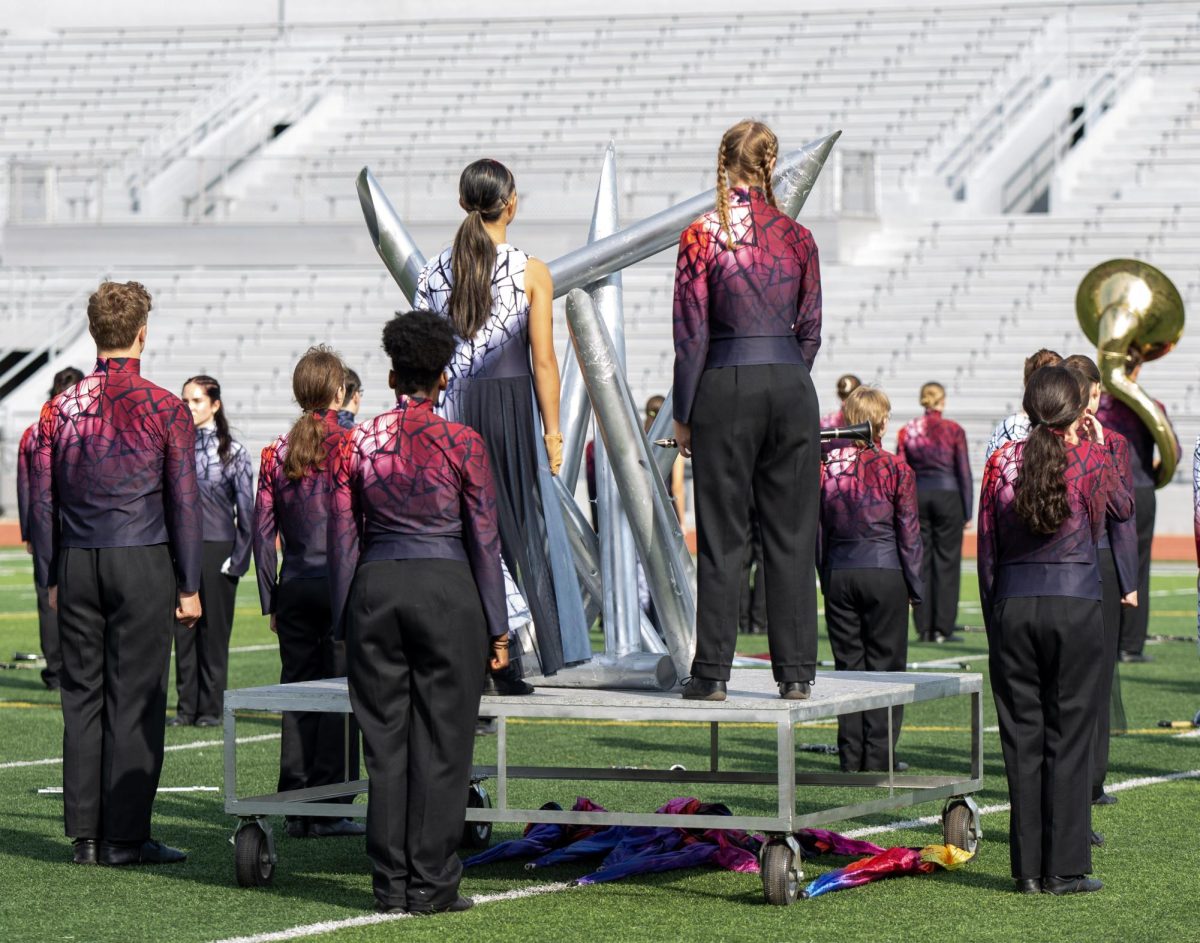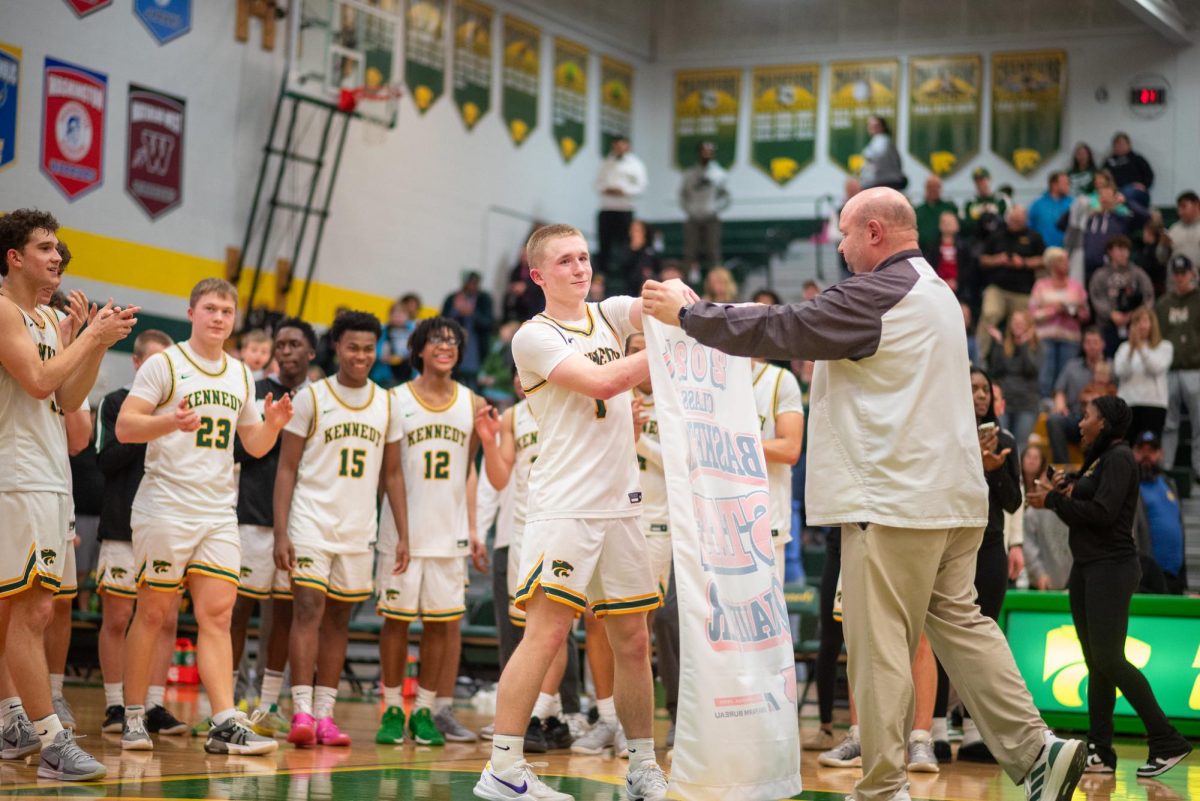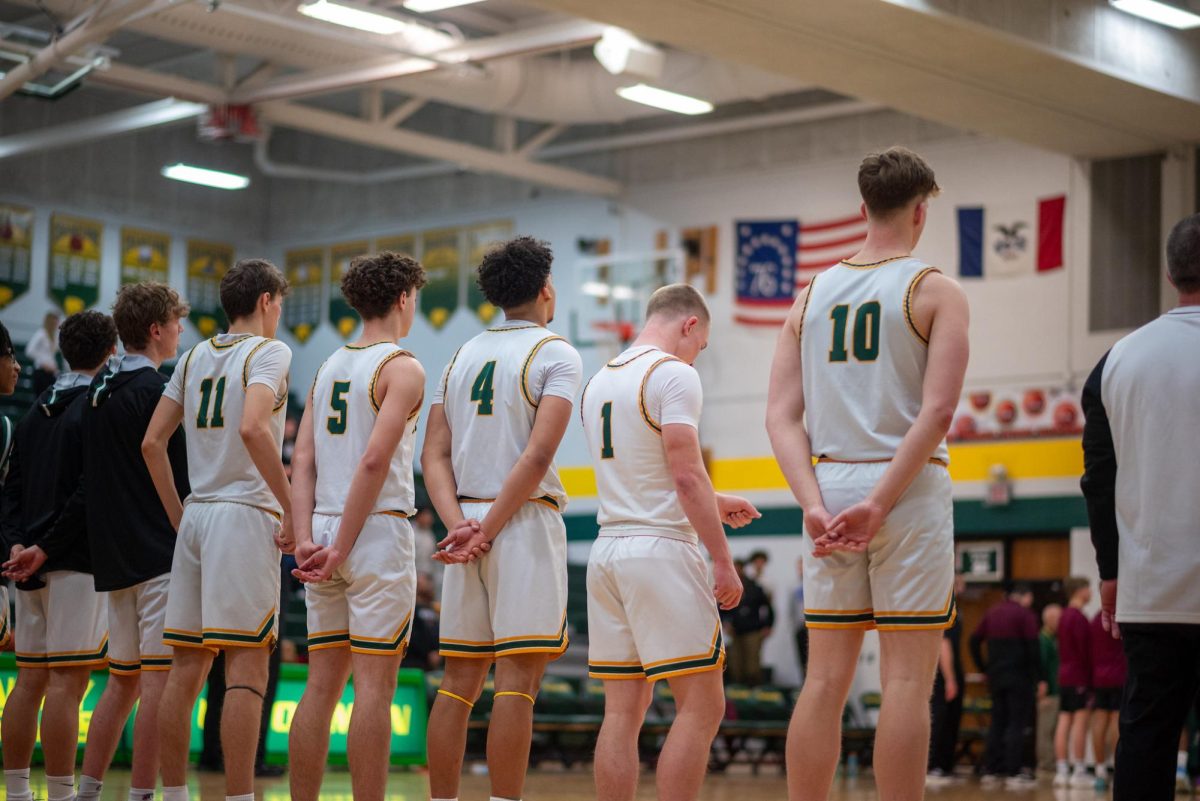From the issue: S.M.A.R.T. lunch affects food waste at Kennedy
October 3, 2014
Americans are wasting tons of food each year, without even knowing it. All that food being thrown into the garbage starts to add up fast. The average American throws away about 25 percent of food and drinks purchased. This adds up to about 70 billion pounds of edible food wasted each year. Without food waste there would be enough food to feed every mouth in America.
With S.M.A.R.T. lunch in session many more students are eating off campus. This means that they aren’t eating the food that the cafeteria workers have prepared for them. The fresh fruits and vegetables that students don’t eat are just being thrown away because they’re going bad.
“I have noticed a drastic change. We’re down a couple hundred (students) since when we started at the beginning of the school year,” head cook Kelly Schmidt said.
To avoid food waste the lunch staff is trying to prepare fruits and vegetables that they know the kids like and will eat. Otherwise food is thrown away. Lunch is continuously prepared in batches during S.M.A.R.T. lunch. If there is leftover food that hasn’t been cooked for that meal it is just used for the next time that meal is served, so less food is ordered for the next time.
“Extra (prepared) food is thrown away and not donated,” Schmidt said. “It would be great if Kennedy could come up with a way to minimize food waste.”
The cafeteria workers never know how many students they are going to be feeding that day. Without any system, they have to guess day by day how much food they think students will consume.
Teachers and student can help prevent food waste by taking what they want and eating what they take. “We’re hoping that you guys (students) continue to come down and eat,” Schmidt said.
With food waste becoming such a problem promoting and supporting places that work to prevent food waste would reduce the amount of food thrown away. A restaurant that participates in this is Panera Bread. At the end of the day all of the baked goods that haven’t been sold are donated. This food goes to homeless shelters, churches, and any other place that can use it.
Many students try to support restaurants that have food waste programs, but for most high school students eating out can become an expensive thing to do every week. The price of food and gas can add up quickly. By staying on campus students are not only preventing food waste, they’re also saving money.


























